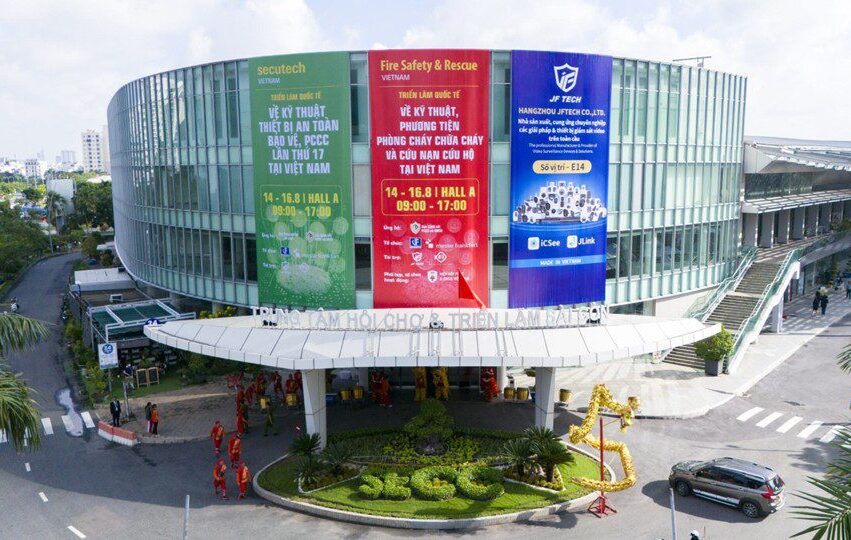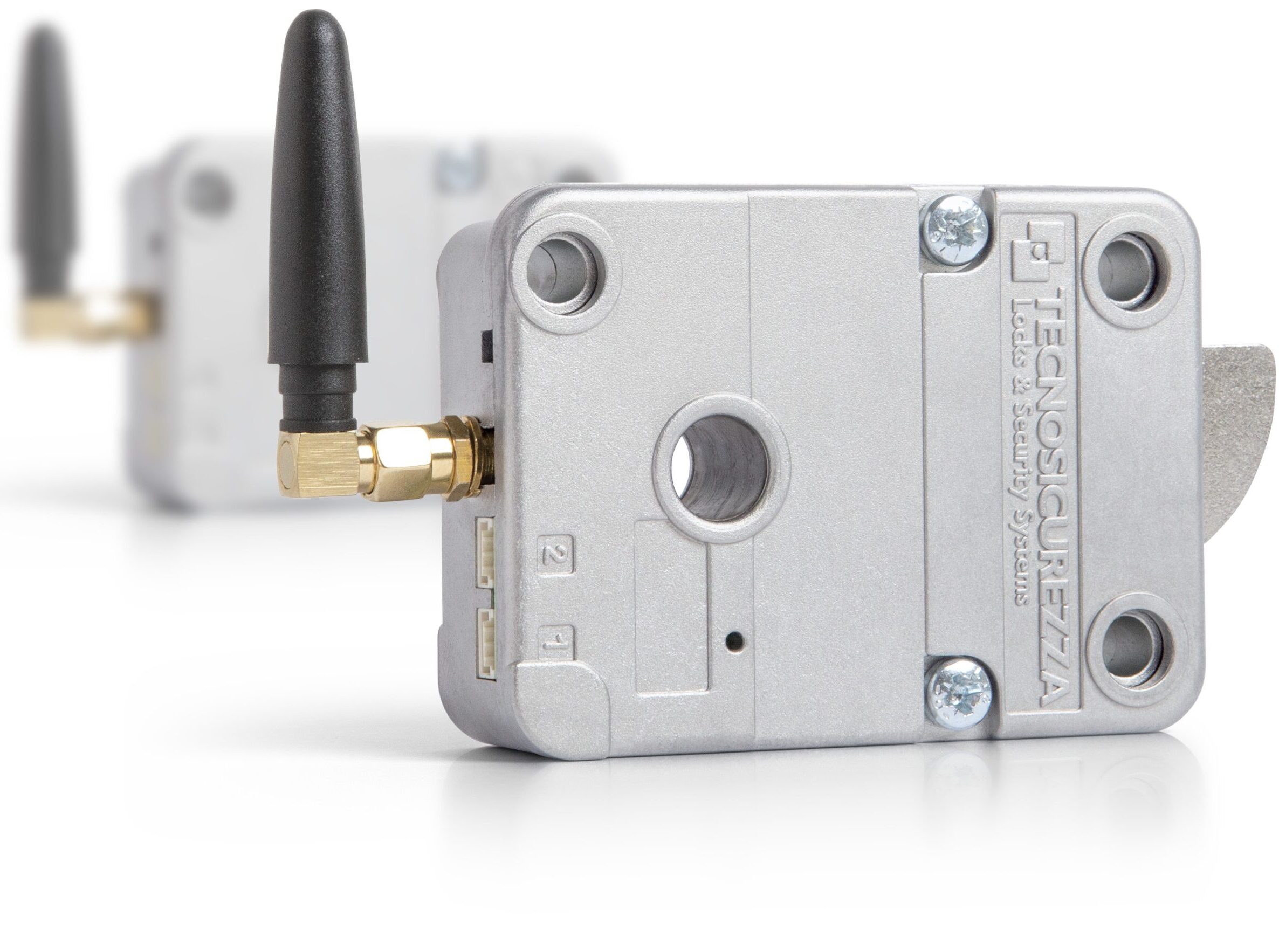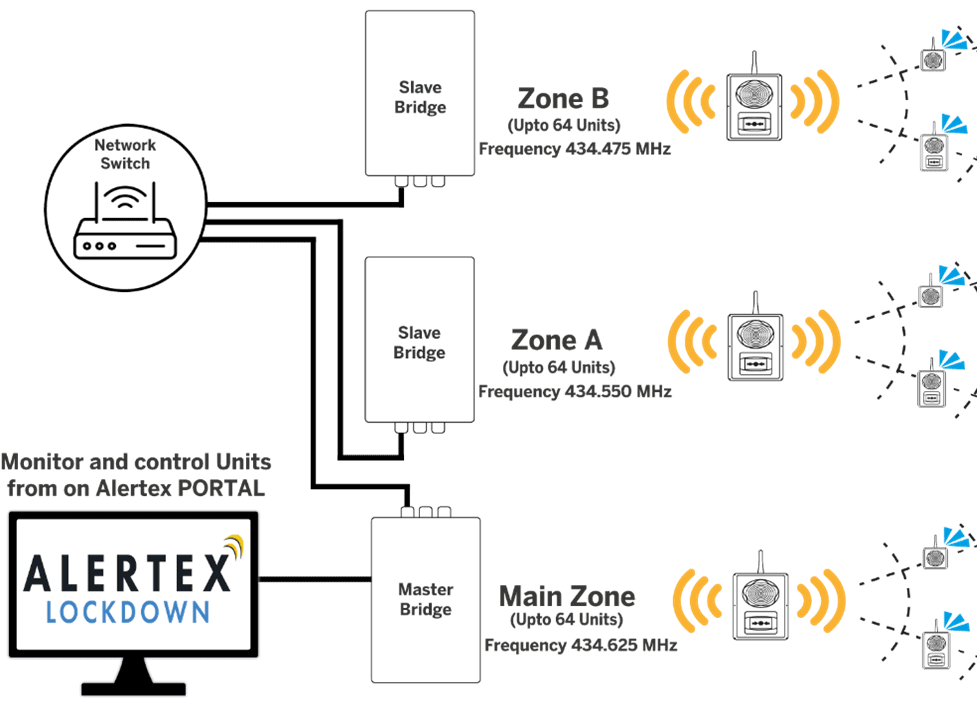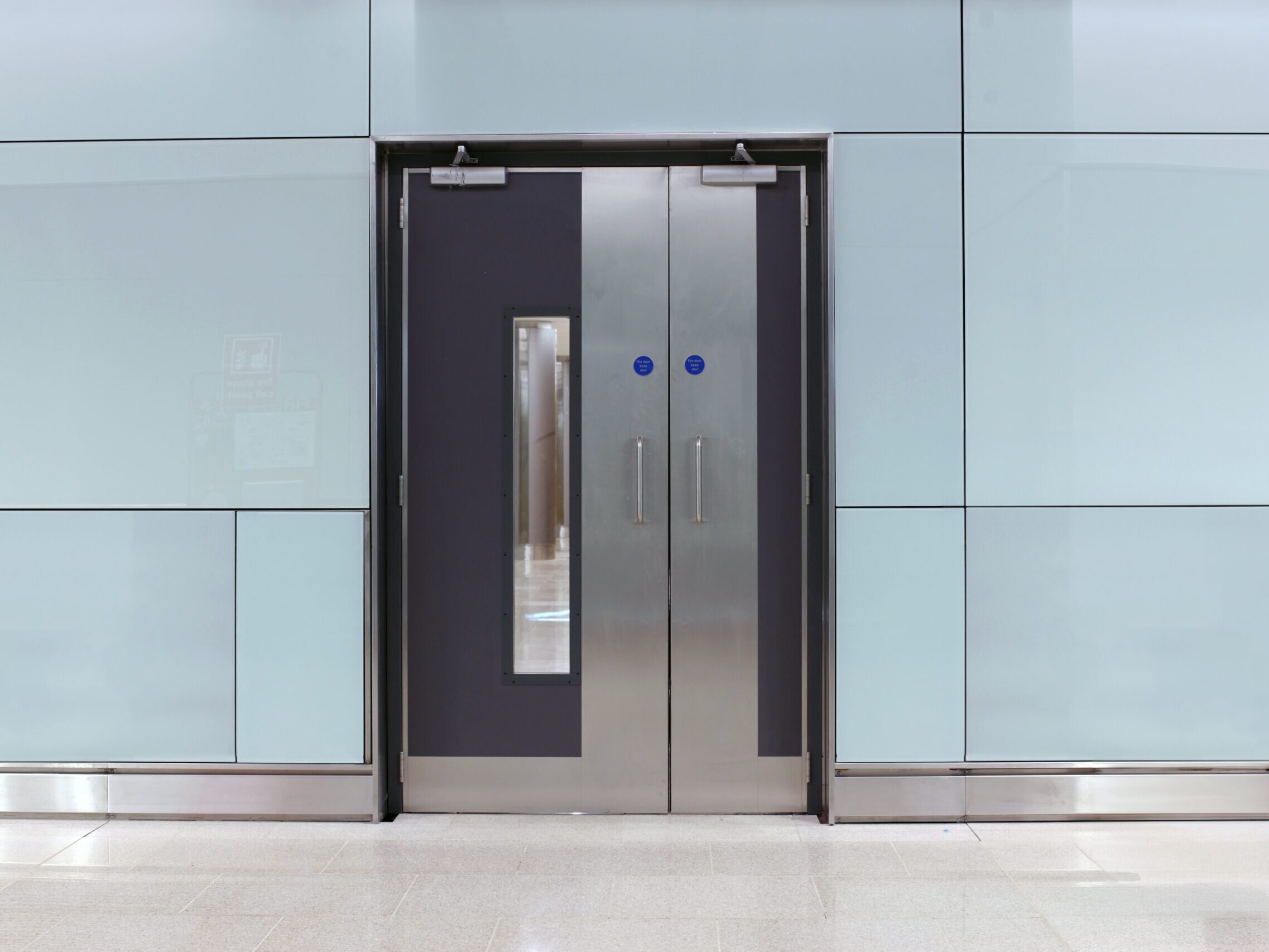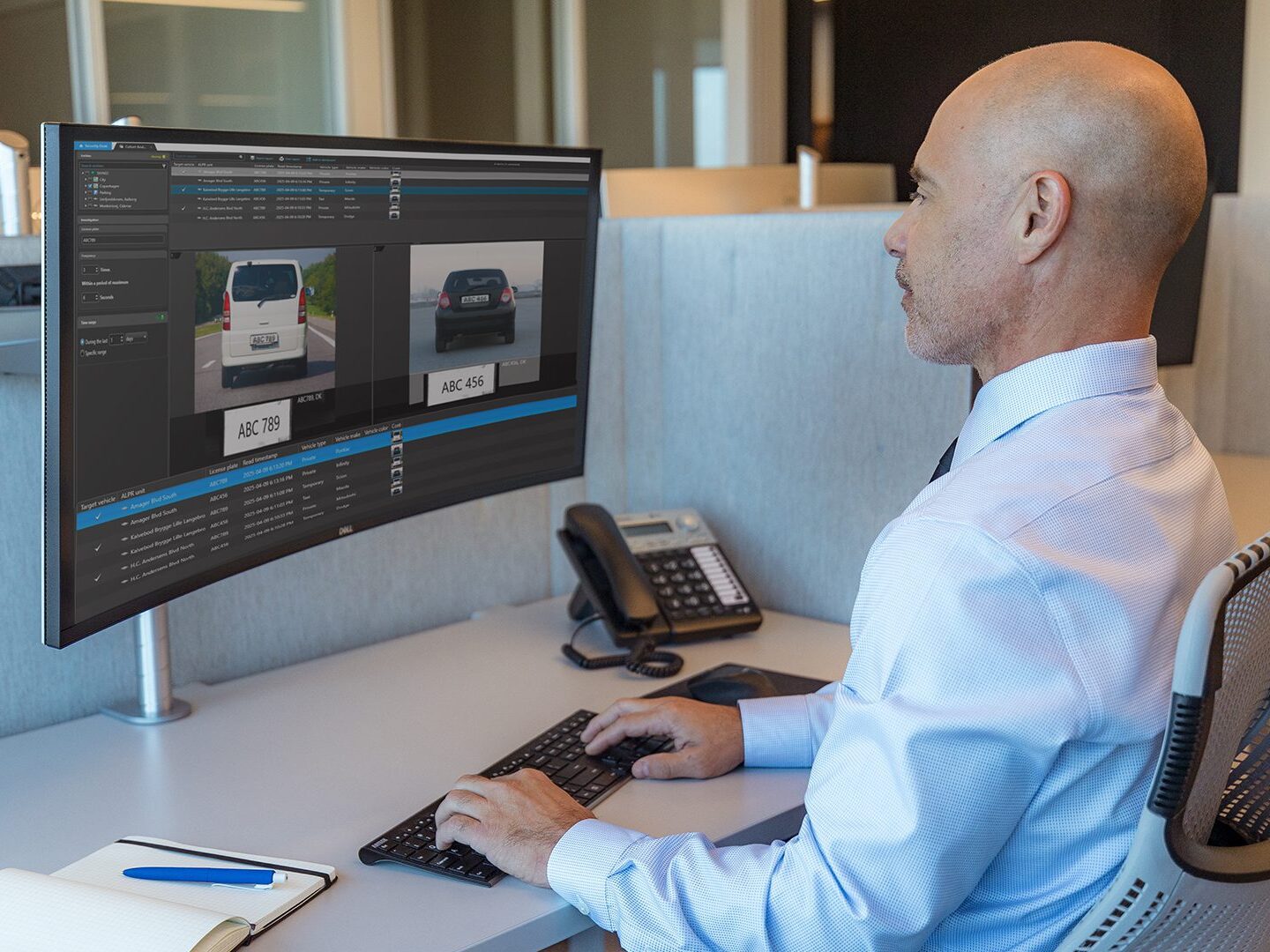
Since the attacks of 9/11 and subsequent worldwide atrocities which have been perceived as ‘acts of terrorism’ it has been increasingly important to identify and protect vulnerable areas and structures. This is being achieved by the national Centre for the Protection of National Infrastructure (CPNI), national/ local Counter Terrorism Security Advisers (CTSA) and specialist police task forces working in cooperation with other agencies and organisations to formulate joint responses to threat and threat protection.
Escuador Consulting Associates has been involved in securing a number of such vulnerable facilities in recent years, and have given SecurityNewsDesk an exclusive glimpse into what it takes to protect an area of critical national infrastructure from crime and terrorist threat. Philip White, Associate Director of Escuador, used a project Escudar was involved with, which saw the protection of a major arterial route in the north of England, as an example to demonstrate what is involved in ensuring the safety of areas of critical national infrastructure.
Escuador highlights the crucial necessity for an accurate initial threat assessment of any vulnerable structure or area to be undertaken before any security measures are put into place. The following are key questions that must be answered as part of this assessment process:
- What is the nature of likely threats and from whom?
- How would such a threat manifest itself?
- Would the structure or area be the subject of a direct or indirect threat or attack?
- Are there local environmental issues affecting the structure or area with regard to protection? For example, is there a main gas supply going through the area? How will this be protected?
Once a vulnerable area has been assessed and the potential threats against it identified, the process of detailing the level, or levels of protection required can begin in earnest. This cannot afford to be rushed, as doing so could result in important factors being overlooked.
Each threat must be evaluated on its own merits. This may seem obvious, however Escudar have experienced projects where this basic tenet has been ignored and a security system that is not fit for purpose has been installed. This utterly devalues the requirements and aims of a project and leaves a structure open to attack. Regardless of whether the threat to a facility is classed as a low, medium or high risk the guiding principles behind the specification must remain the same.
The area in the north of England that Escuador aided in securing covered several square kilometres and required a complex approach resulting in a layered and structured protection system. The area included a mains gas supply, an oxygen supply system, an electricity substation and an environmental power supply as well as being in close proximity to a large retail outlet. In addition, the area was crossed by a canal, a river, a railway line and light rail connection, as well as one of the UK’s major motorway networks, meaning that any attack would have massive implications for the whole of Britain’s transport network. The area was also habitually used by drug users and graffiti artists.
These factors obviously presented an array of considerable challenges for the design team. So where to begin? As with any security system design the essential first step must be to address Operational Requirements (OR). Level 1 ORs consist of assessing and addressing the threat and laying out the basic method of dealing with issues to counter threat and protect the target.
For this project, as with any other, extensive discussions with all stakeholders, government agencies, the local authority and the various business interests involved informed the comprehensive Level 1 OR. The findings of which were deliberated between all stakeholders in tandem with the outline financing and relevant legal issues. At the same time, the compulsory process of purchasing a large tract of land surrounding the structures began.
Before the project could move forward, a Level 2 OR had to be produced to capture all the salient points about the solution that would be required. As the structure area was extensive and vulnerable, methods of protection needed to be practical but realistic with achievable goals and timescales precisely laid out.
The projected time scale for the project was set to be four years, however challenges in completing certain essential steps led to unavoidable delays. For example, the compulsory purchase of the land caused a considerable delay, as did securing Central Government funding for the project, as business cases for the project had to be made. Approaches were also made to the National Counter Terrorism Security Office as well as the Home Office and ACPO for additional funding opportunities.
Once the initial steps were completed the installation could begin. First, the area surrounding the structure was extensively fenced off with high security, attack resistant fencing. A bespoke detection system was also an integral part of this fencing structure.
Although earlier delays led to an unplanned for excess cost of £100,000, the extra cost for this detection system was completely worth it. The concept for this system was completely bespoke for this facility. It had never been applied before, nor has it been used since anywhere in the UK, and quite possible the world. The threat to this area was so uncommon but could have such far reaching implications that a fully bespoke solution was the only option.
In addition to the top-line fencing and detection system, the perimeter was reinforced with an extensive Perimeter Intruder Detection System (PIDS). This not only provided the operators a warning that an intruder was attacking or climbing the fence, it also detected any approaching target within three meters. The PIDS was also integrated with the extensive CCTV system, which consisted of low light capable cameras as well as thermal imaging cameras, providing combined performance parameters. The CCTV control room was fitted with a fully integrated speaker system, enabling operators to address individuals in the area if required and, at the time of installation, this was considered an innovative measure.
As this was such a unique structure, lighting surrounding the area had to be improved to allow CCTV operators to effectively identify targets and ensure reaction teams could be fully briefed about the nature and level of the threat they would be responding to. A full process was laid out for reaction teams to follow when responding to any incident, ensuring they were aware of procedure. This also detailed the expected delay times when calling in support from local and national police services.
When installation of this pioneering solution was complete every aspect of the system was extensively tested under a range of real life scenarios. All tests included relevant responses and involvement from all stakeholders involved. The exercises were tailored to put the whole system under pressure and test the solution under all conditions of attack to certify all components were fit for purpose.
An attack on this structure could have resulted in great loss of life and immeasurable damage to the UK’s transport infrastructure. As a result, all aspects of threat were assessed in great detail and addressed in the solution to reflect the actual collateral impact that would result should an attack manifest itself.
Securing this and other key areas of national infrastructure is governed by Escuador’s vast experience in examining major terrorist attacks, forensic examination of CCTV and other sources of intelligence over a number of previous attack areas throughout the world. This has driven how we, in the UK, have protected and deterred attacks on vulnerable structures, buildings and areas over the past several decades.
Links
Escuador Consulting Associates website


